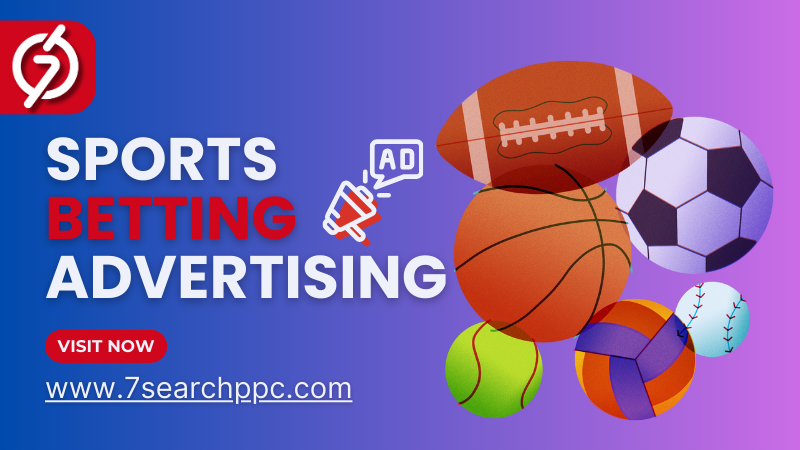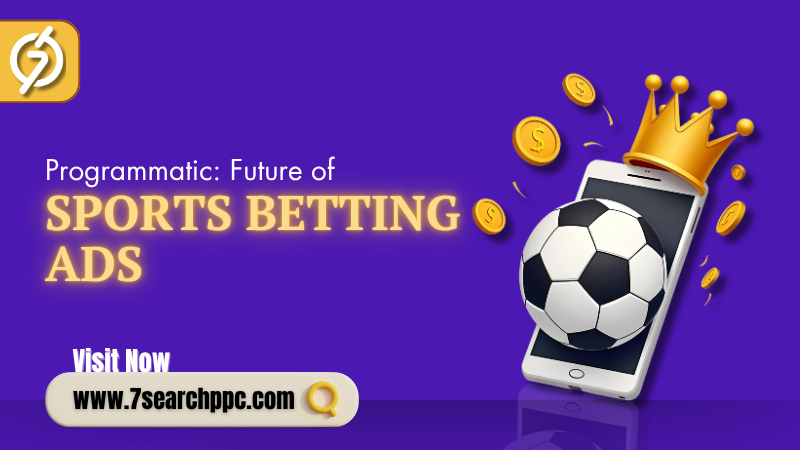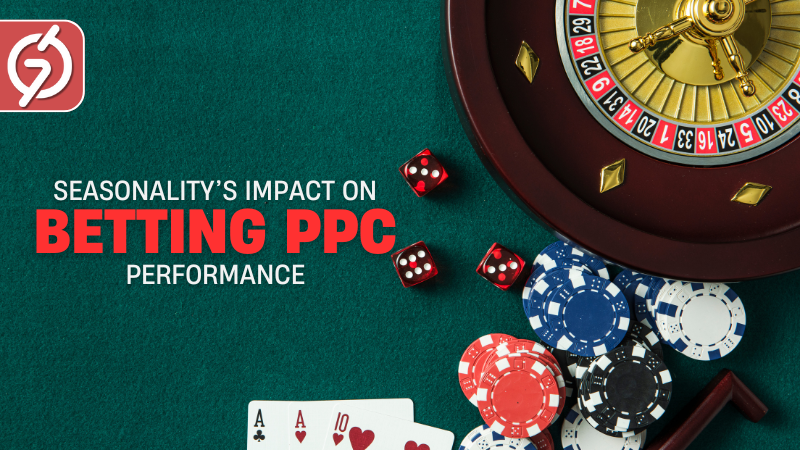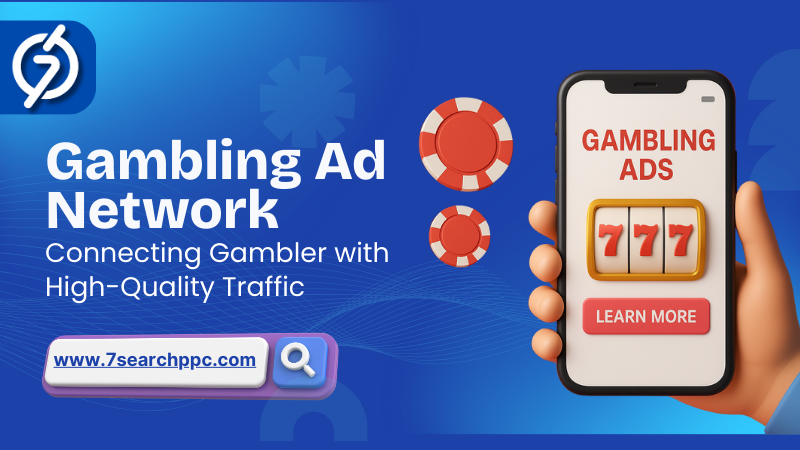
When planning sports betting ads, one of the first decisions a marketer faces is whether to use CPC (Cost Per Click) or CPM (Cost Per Mille) as the pricing model. Each has its advantages, but the right choice depends on your goals, audience, and budget. Understanding these models can save money, improve campaign performance, and help you reach the right audience at the right time.
Understanding CPC and CPM
CPC, or cost per click, charges advertisers only when a user interacts with the ad by clicking it. This means you pay for measurable engagement. CPM, in contrast, charges based on every thousand impressions, regardless of whether users click. Essentially, CPC focuses on action, while CPM focuses on exposure.
For sports betting promotions, this distinction is critical. Ads can reach thousands of users, but if they don’t engage, the campaign fails to drive results. Knowing how each model aligns with your objectives can prevent wasted spend and help optimize results.
Why Choosing the Right Model Matters
Sports betting campaigns often operate under tight margins. Whether you are promoting a sportsbook, a specific match bonus, or a seasonal offer, selecting the wrong model can lead to wasted resources. A CPM campaign might look inexpensive on paper but could reach users who have no interest in betting. Conversely, CPC ensures you pay only for active engagement, but high competition for clicks can make costs rise quickly.
When CPC is the Right Choice
CPC is best when your primary goal is direct engagement or conversions. For example, if you are promoting a new sports betting platform and want users to register or deposit, CPC ensures you pay only when someone clicks through to learn more. This model works particularly well for sports betting ad campaigns targeting users who are already interested in sports or betting.
For instance, imagine a campaign promoting a special “first deposit bonus” for football fans. By using CPC, you only pay when a user clicks to see the bonus, making every dollar spent accountable. This reduces wasted spend and allows campaigns to measure effectiveness clearly.
CPC campaigns are also highly measurable. Marketers can track click-through rates, conversion rates, and cost per acquisition to evaluate ROI. Platforms like Google Ads, Bing Ads, and certain native advertising networks provide robust reporting, helping refine strategies over time. If you want to experiment with a small-scale CPC test, you can launch a test campaign here.
When CPM Works Better
CPM works well for awareness-driven campaigns. If the goal is to reach a broad audience and make your brand recognizable, CPM ensures your ad is seen by as many eyes as possible. This is particularly valuable for new sports betting advertisements aiming to build brand presence before driving users to register or place bets.
CPM is also effective when paired with highly visual ads. For example, banner ads for major sports events, like the World Cup or the Super Bowl, can capture attention even without direct clicks. Over time, repeated impressions build familiarity and trust with the audience, increasing the likelihood of engagement in future CPC campaigns.
Additionally, CPM is useful for content-driven campaigns. Running a CPM campaign with strong, memorable messaging can support long-term brand goals, even if immediate clicks are limited. This is especially relevant in sports betting promotions, where credibility and recognition are crucial for attracting users to regulated platforms.
Balancing CPC and CPM in a Hybrid Strategy
Most successful sports betting ad campaigns use a mix of both models. A common approach is to start with a CPM campaign to build awareness, then shift to CPC once users are familiar with your platform. This combination allows marketers to maximize reach while still paying for measurable engagement.
For example, a sportsbook launching a new mobile app could run a CPM campaign during a major football tournament to generate visibility. Once users are aware of the app, a CPC campaign can target them with specific deposit bonuses or limited-time offers. This layered approach ensures campaigns are efficient and effective.
Audience Insights and Targeting
Understanding your audience is key to choosing the right model. Data shows that CPC campaigns perform best with highly targeted users who are already interested in sports betting. CPM campaigns are more suitable for broader demographics, such as casual sports fans who may not yet have an account but could be influenced by repeated exposure.
Segmentation is also important. Younger audiences often respond well to CPM campaigns on social media due to frequent ad impressions. Older, research-oriented users may be more likely to click on CPC ads after reading informative sports betting content. Combining data-driven targeting with the right pricing model can significantly improve campaign ROI.
Optimizing Ad Creative for Each Model
Regardless of whether you choose CPC or CPM, ad creative plays a critical role. For CPC campaigns, the focus should be on clear calls to action and benefits, such as deposit bonuses, odds boosts, or free bets. Users need a reason to click, so messaging should be direct and compelling.
For CPM campaigns, creatives should emphasize brand recognition and trust. Strong visuals, memorable taglines, and clear branding make impressions more effective. Native ad formats work well for CPM because they blend into content and can reach users in an organic way.
Challenges and Common Mistakes
One common mistake in sports betting ad campaigns is assuming that a cheap CPM rate automatically means cost-effective advertising. Reaching the wrong audience can result in wasted impressions. Similarly, high CPC rates can deter advertisers from testing campaigns, even if the target audience is highly relevant.
Monitoring and adjusting campaigns is essential. Tracking metrics such as cost per acquisition, click-through rate, and engagement allows marketers to identify which model performs better for specific campaigns. Over time, continuous testing and optimization reduce waste and improve ROI.
Real-World Example
A sportsbook running a promotion during a major football tournament found that its CPM campaign generated strong visibility but low engagement. By introducing a CPC campaign targeted at users who interacted with their content, they saw a 40 percent increase in registrations while controlling costs. This shows that combining models, rather than relying on a single one, often produces the best results.
Soft Solutions and Next Steps
For businesses planning sports betting promotions, starting with a test campaign is the safest approach. Launch a small CPC campaign to evaluate engagement, then complement it with a CPM campaign to maintain brand visibility. Regularly review performance metrics and adjust bids, creative, and targeting.
Additionally, marketers can learn from industry resources to refine strategies. Guides like sports betting advertising tips provide insights on how to align campaigns with audience behavior and seasonal trends, which can make campaigns more effective and budget-efficient.
Conclusion
CPC and CPM are both essential tools in the sports betting advertising toolkit. CPC delivers measurable engagement, making it ideal for direct response campaigns. CPM builds awareness and brand recognition, especially when targeting broader audiences or running campaigns around major sports events. The most effective strategy often involves using both in tandem, guided by audience insights, seasonal timing, and clear campaign objectives.
Balancing CPC and CPM, optimizing creative, and continuously testing campaigns ensures that sports betting advertisements reach the right users, generate meaningful engagement, and provide a strong return on investment.
For those looking to explore an ad network for successful sports betting ad campaigns, checking sports betting ads can offer valuable insights and practical tips.















Write a comment ...